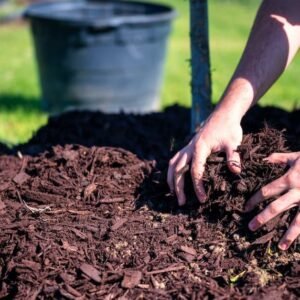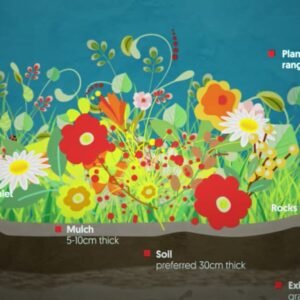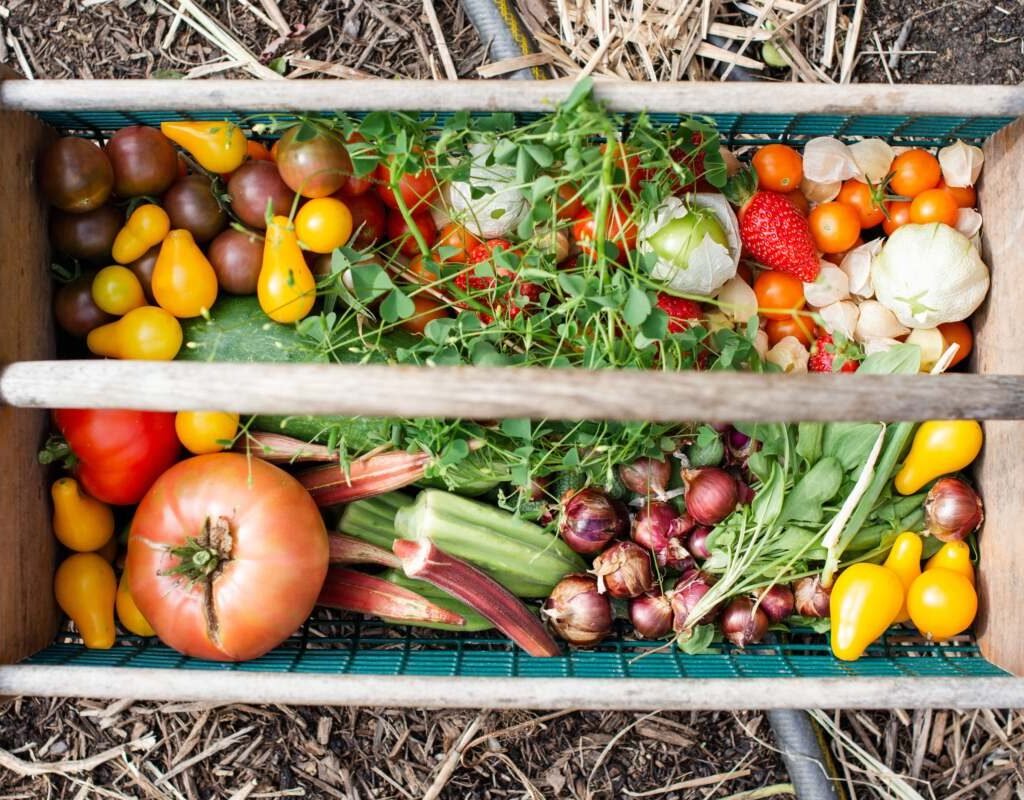
Starting a backyard vegetable garden and growing your own vegetables can be a fun and rewarding hobby for the whole family, especially when it comes to growing your own food and organic vegetables.
Not only does it save money and promote self-sufficiency and a healthy lifestyle, but it also allows you to have fresh vegetables and healthy produce right at your fingertips.
But if you’re new to gardening, it can be a bit overwhelming to know where to start.
In this article, we’ll cover the basics of planting and growing your first vegetable garden from scratch and hopefully, it will help you produce a successful vegetable garden.
Pick the Right Location for Your Backyard Vegetable Garden
One of the most important factors in a successful backyard vegetable garden is choosing the right location in your backyard.
Most vegetable plants need at least six hours of direct sunlight per day, so you’ll want to find a spot in your backyard that gets plenty of sun.
It’s also important to have good soil drainage and access to water. If you don’t have a spot in your backyard that meets these requirements, consider a container garden or a raised garden bed as an alternative.
Start With a Small Plot
It’s easy to get excited and want to plant everything, but starting with a small plot is a good idea for beginners. A 10×10 square foot plot is a great place to start, and you can always expand later if you want to.
Make sure to leave enough space between rows for easy access and plant growth. Starting small allows you to maximize space for future growth and learning.
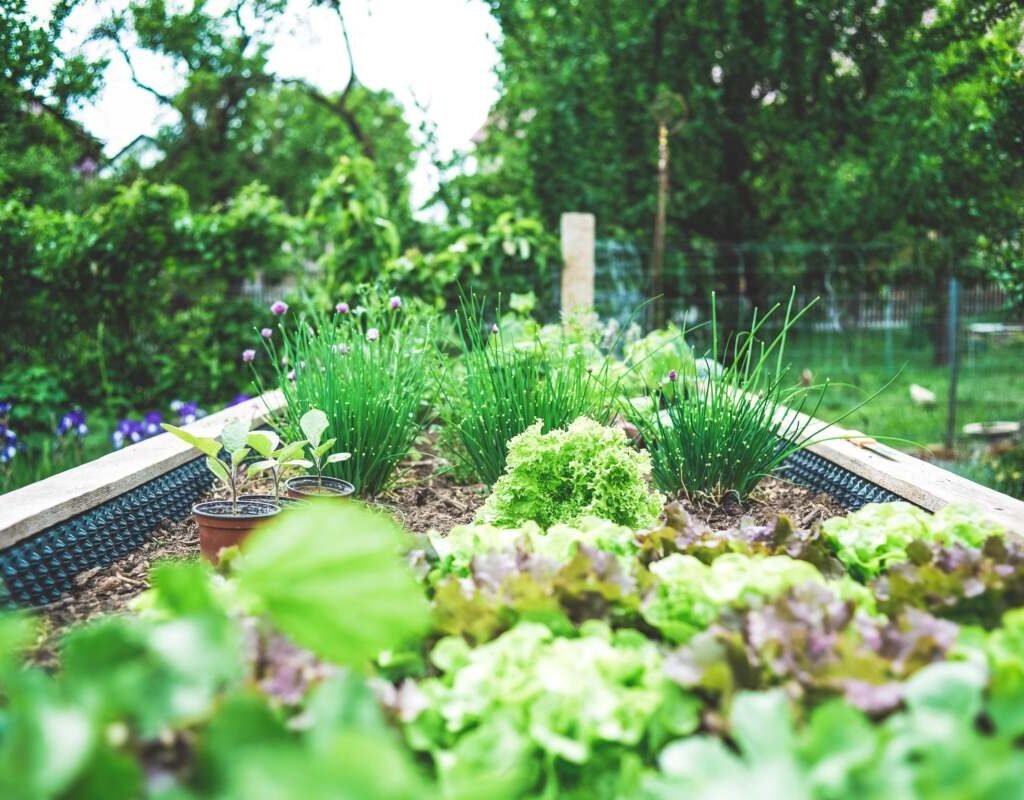
Choosing Vegetables for Your Garden: Tips to Keep in Mind
- Choose vegetables that you and your family enjoy eating. It’s no use planting something like Brussels sprouts if no one in your household will eat them. On the other hand, if you love green beans, make sure to plant enough to satisfy your family’s appetite.
- Don’t overplant. Be realistic about how much produce your family will eat and only plant what you can realistically take care of. If you end up with excess vegetables, consider sharing them with friends, family, or your local community.
- Consider the availability of certain vegetables in your area. If you can easily buy something at the grocery store, it may not be worth the effort to grow it yourself. However, some vegetables, like homegrown tomatoes or lettuce, are so much better when grown at home that it’s worth the extra effort.
- Plan for the growing season. Make sure you are prepared to take care of your plants throughout the entire growing season. If you’ll be away during the peak growing season, choose crops that will do well during other times of the year or arrange for someone to take care of your backyard vegetable garden while you’re gone.
- Use high-quality seeds. Spending a little extra money on good quality seeds will pay off in higher yields at harvest time. Be sure to read the planting instructions carefully and follow them closely to ensure that your seeds germinate and grow properly.
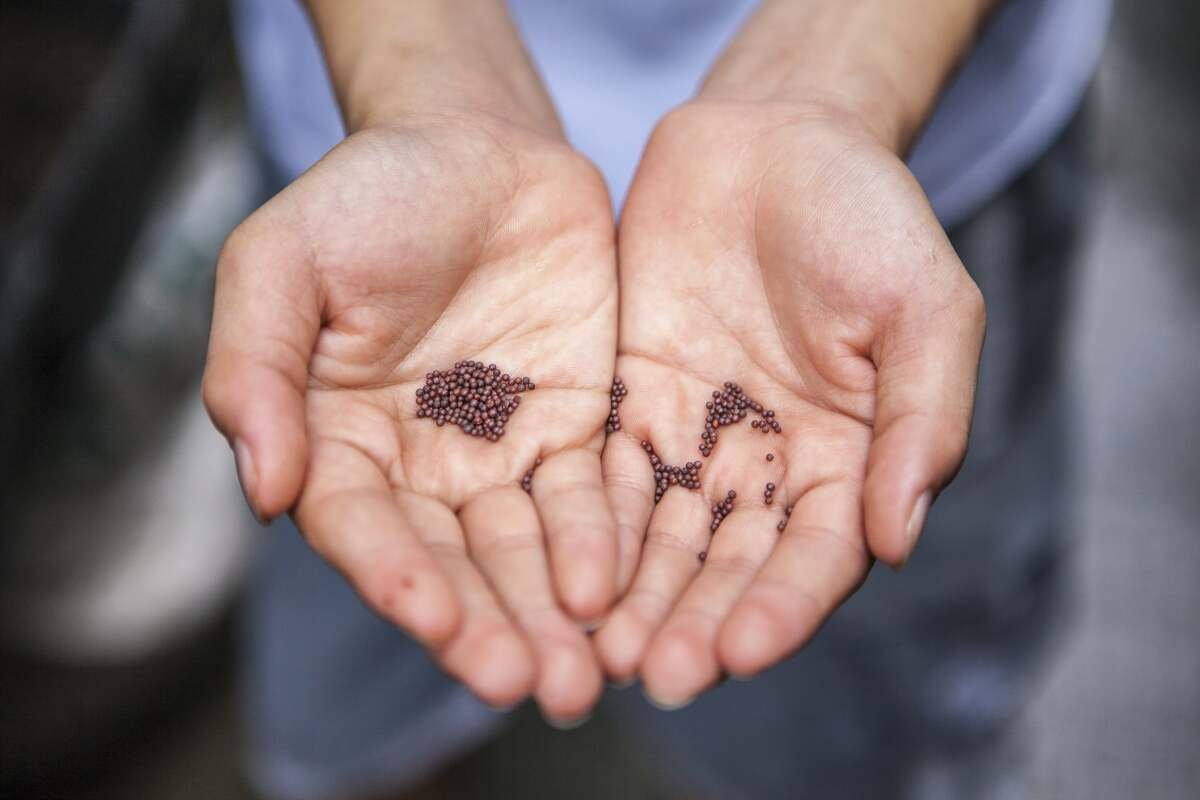
Top 10 Easy-to-Grow Vegetables at Home
1. Tomatoes:
Tomato plants are versatile and popular vegetables that can be grown in gardens or containers. They require plenty of sunlight and hydration to produce sweet and juicy fruits.
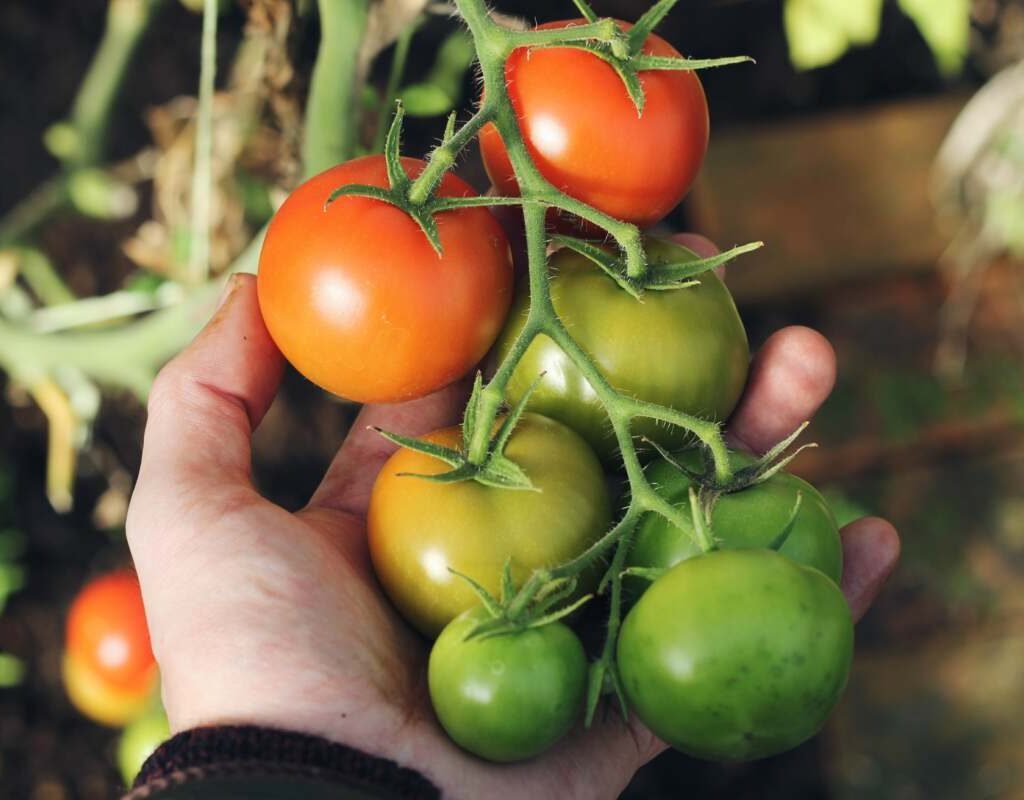
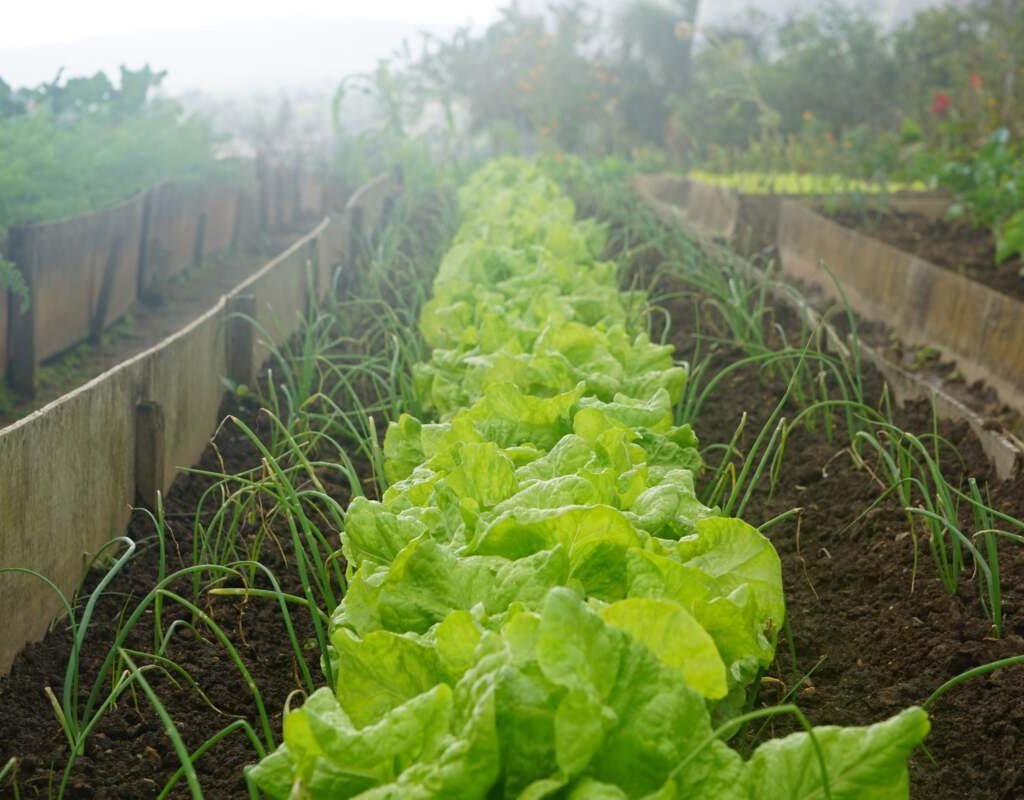
2. Lettuce:
Lettuce is a fast-growing vegetable that can be harvested within a few weeks of planting. It prefers cooler temperatures and can be grown in the ground or in containers.
3. Carrots:
Root vegetables like carrots require well-draining soil and plenty of water to grow. They can be planted in the spring or fall and are ready for picking within a few months.
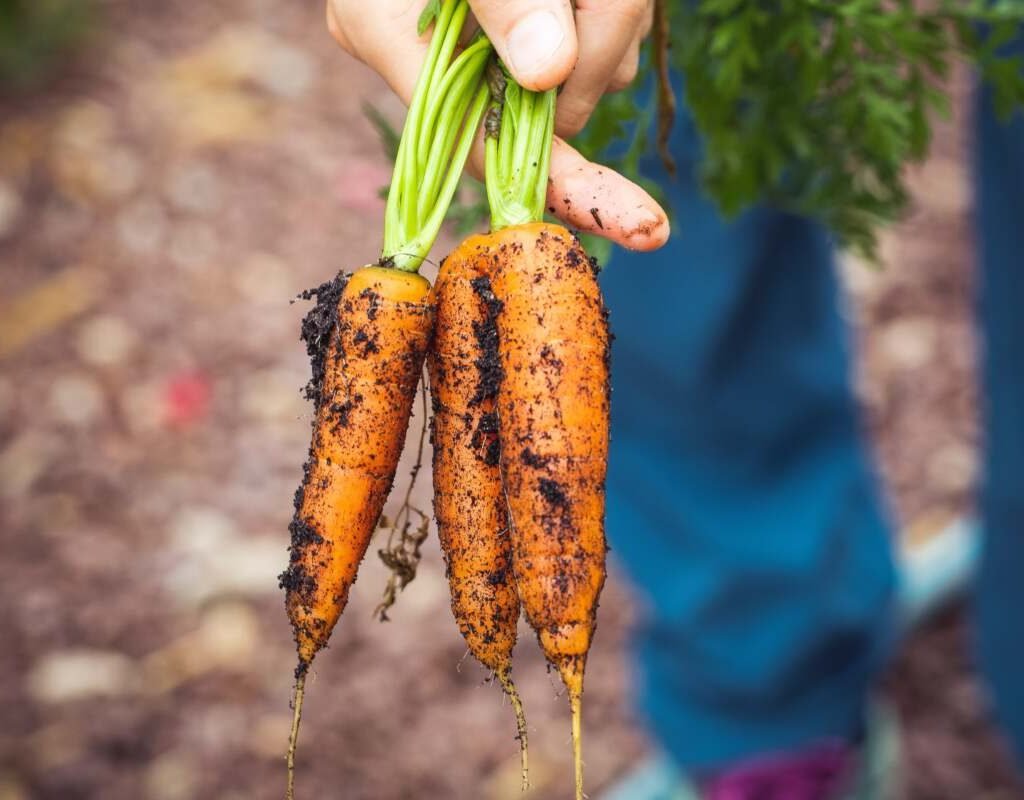
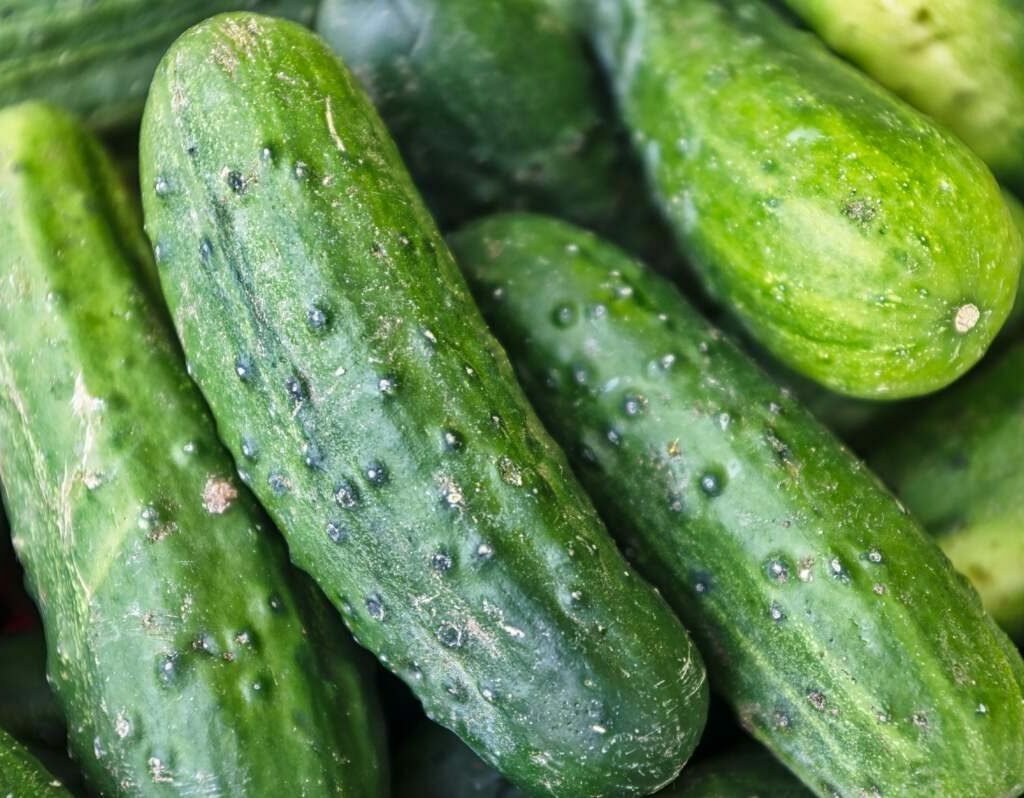
4. Cucumbers:
Cucumbers are vine vegetables that grow quickly and produce a high yield. They prefer warm temperatures and plenty of sunlight and water.
5. Peppers:
Peppers come in a variety of colors and flavors and can be grown in gardens or containers. They prefer warm temperatures and plenty of sunlight and water to produce a bountiful harvest.
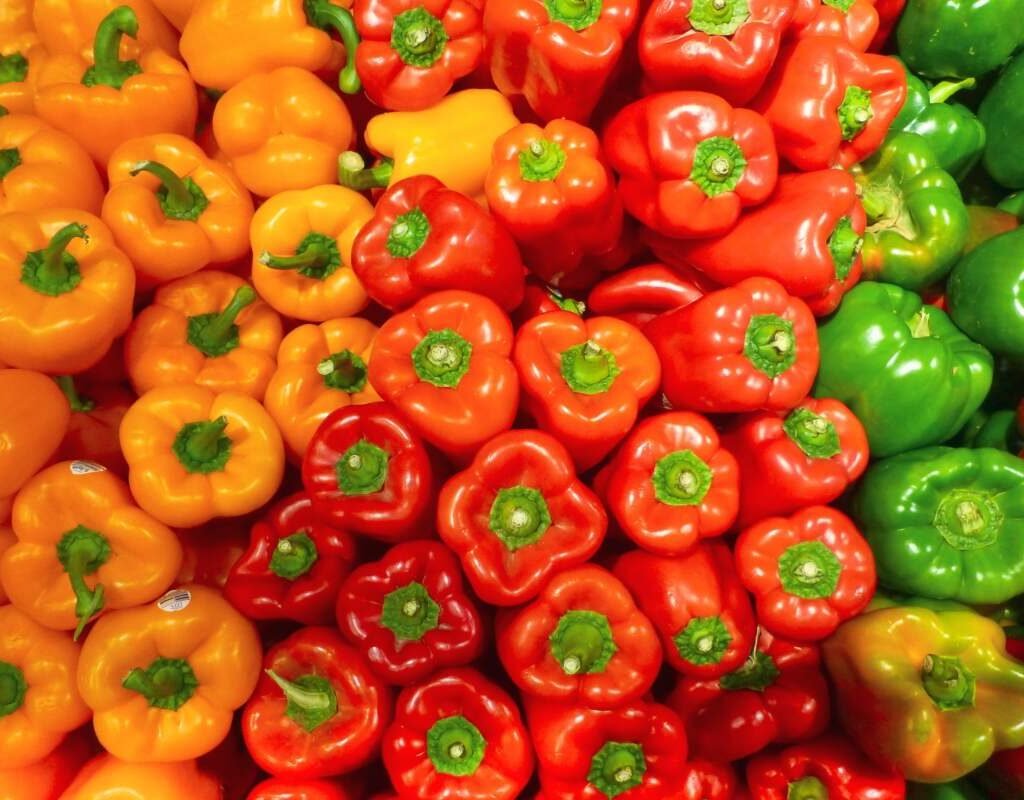

6. Radishes:
Radishes are fast-growing vegetables that can be ready to eat within a few weeks of planting. They prefer cooler temperatures and can be grown in most soils.
7. Green Beans:
Green beans are a low-maintenance vegetable that can be grown in most climates. They require plenty of sunlight and water and can be gathered within a few months.

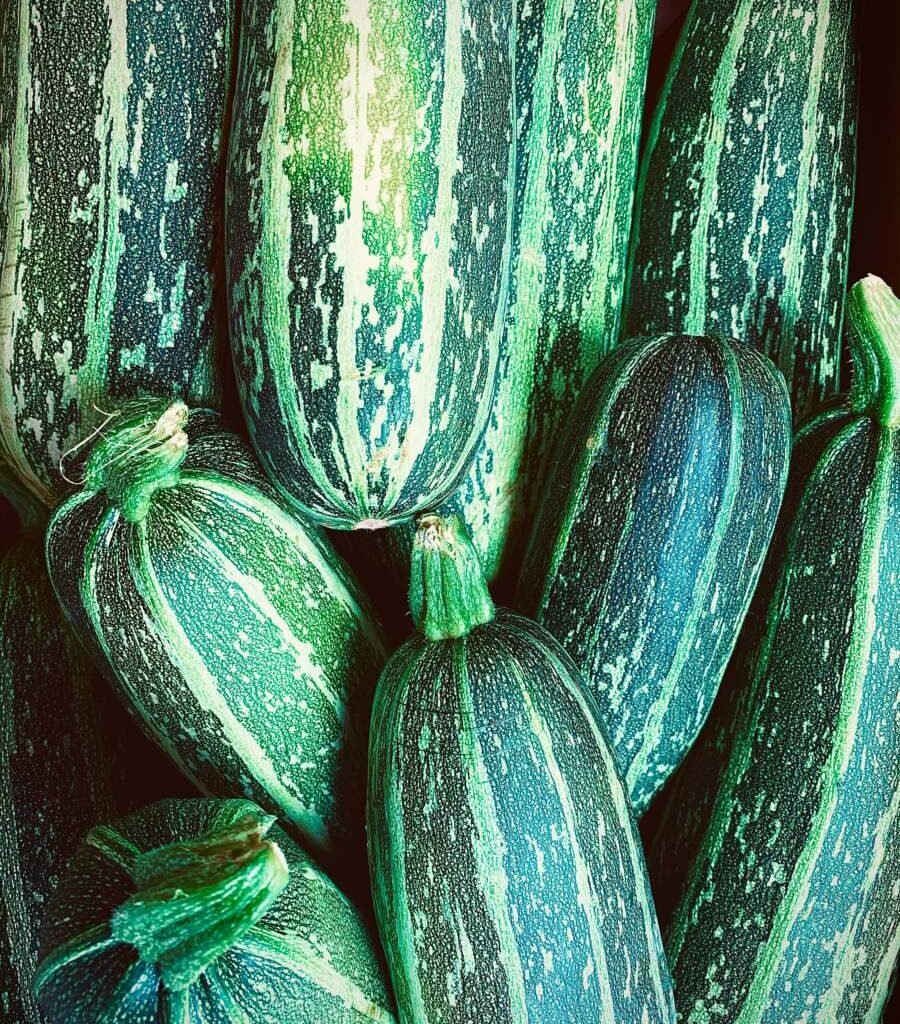
8. Zucchini:
Zucchini is a sun-loving vegetable that requires plenty of sunlight and hydration. It can be grown in gardens or containers and is ready within a few months.
9. Squash:
Squash is a versatile vegetable that can be grown in gardens or containers. It requires plenty of sunlight and water to produce a high yield.
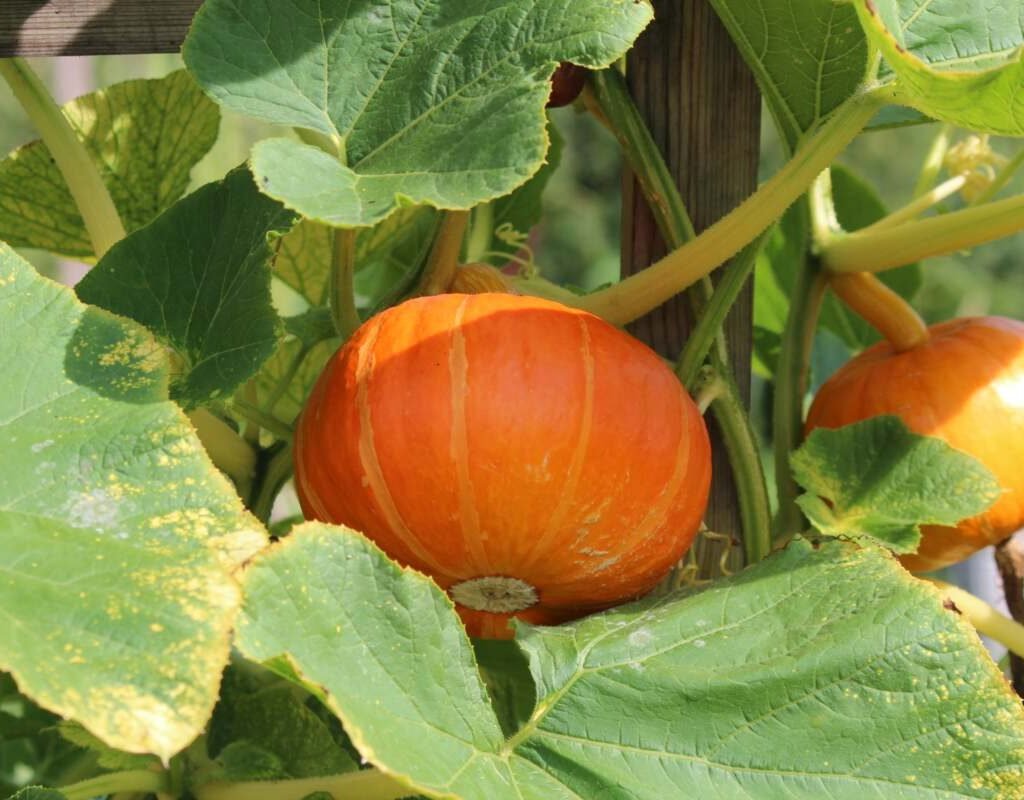
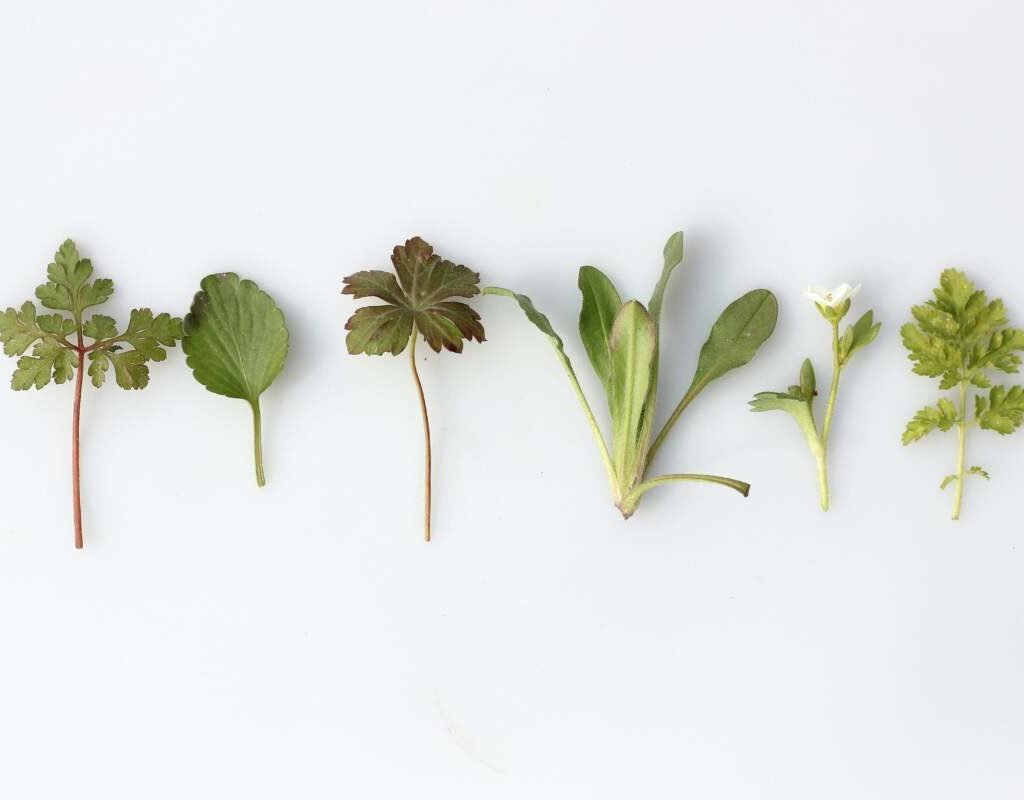
10. Herbs (basil, parsley, cilantro, etc.):
Herbs are a great addition to any garden and can be grown in small spaces or containers. They require plenty of sunlight and water to produce flavorful leaves that can be used in cooking or for medicinal purposes.
Where and What Time of the Year to Plant
The best time of year to plant and grow vegetables depends on several factors, including the climate of the region, the type of vegetables you want to grow, and the length of the planting period.
In general, the best time to plant a garden for most veggies is during the spring or fall.

Spring is typically the best time to plant cool-season vegetables growing crops like lettuce, spinach, peas, and broccoli. These vegetables can tolerate cooler temperatures and will germinate and grow well in the cool, moist rich soil of early spring.
In contrast to root vegetables, warm-season vegetables like tomatoes, peppers, and squash require warm garden soil and air temperatures to germinate and grow properly.
Therefore, they are best planted in late spring or early summer, after the threat of frost has passed and the soil has warmed up.
Fall is another excellent time to cultivate a garden, particularly for cool-season crops like lettuce, spinach, and carrots.

These vegetables can be planted in early spring or late summer and harvested in the fall when temperatures are cooler.
In general, it is important to check your local climate and planting period to determine the best time to plant your garden.
When to Plant What: The Best Time to Plant Vegetables!
Here is a general guide for when to plant some common garden vegetables:
- Tomatoes: Late May or early June
- Lettuce: Early April or late August
- Carrots: Early April or mid-July
- Cucumbers: Late May or early June
- Green Beans: Late May or early June
- Peppers: Late May or early June
- Radishes: Early April or late August
- Zucchini: Late May or early June
- Squash: Late May or early June
- Herbs: Anytime throughout the planting period
Online Beginner Garden Planning Tools
There are many online tools available to help you plan your garden layout. These tools can help you determine the best garden design when planting a garden, picking easy-to-grow vegetables, tracking planting dates, planning your crop rotation, and making sure you’re not overcrowding your vegetable crops. These tools are great for vegetable garden ideas and garden planting too.
Getting Started
Once you have the location of your garden, plot size, and vegetable choices, it’s time to get started. Make sure to prepare your soil by adding organic soil, compost, or other organic matter.
You’ll also want to make sure you have all the necessary tools, including a shovel, rake, gloves, and watering can or hose.
Follow the planting depth and spacing guidelines for each vegetable, and water regularly.

Plant Growing and Care
As your veggie garden starts to grow, you’ll want to make sure it is getting enough water and sunlight. Keep an eye out for pests and diseases, and treat them as needed.
You may also need to add support structures for taller plants like tomatoes or pole beans.
Harvesting and Storing Vegetables
Once your vegetables are ready to harvest, it’s important to do it at the right time. Most vegetables should be picked when they’re ripe, but not overripe.
Different vegetables have different storage requirements, so make sure to do some research on how to store each type of vegetable.
End-of-Season Gardening
At the end of the growing season, it’s important to clean up your garden and prepare it for the next year. Remove any dead plants or debris, and add compost or other organic matter to the soil.
You may also want to cover your garden with a layer of mulch to protect it from the winter weather.
Planting and growing a backyard vegetable garden can be a fun and rewarding experience for beginners. By following these basic guidelines for location, plot size, vegetable choices, and care, you can have a successful and productive garden too. Don’t be afraid to make mistakes and learn as you go – that’s all part of the process.
Happy Gardening!


